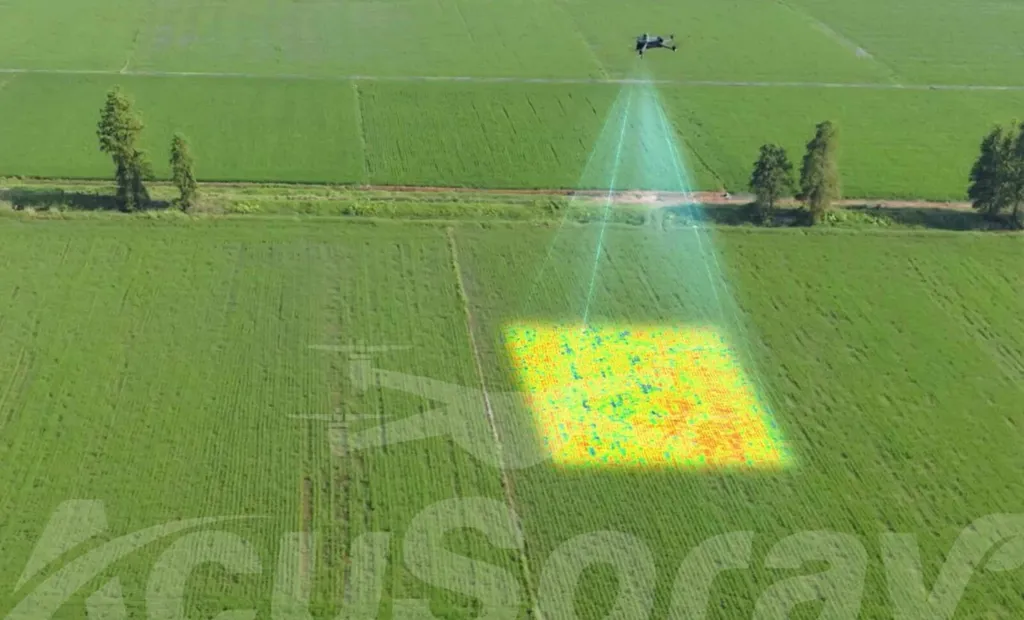In the ever-evolving landscape of precision agriculture, researchers are continually seeking innovative methods to monitor crop health and productivity efficiently. A recent study published in the *ISPRS Annals of the Photogrammetry, Remote Sensing and Spatial Information Sciences* offers a promising approach to estimating peanut aboveground biomass (AGB) using unmanned aerial vehicles (UAVs) equipped with multispectral imaging technology. This research, led by L. Hu from the College of Geodesy and Geomatics at Shandong University of Science and Technology, could revolutionize how farmers and agronomists assess crop health and yield potential.
Traditional methods of measuring AGB are often labor-intensive and costly, limiting their practical application across large fields. “High-throughput phenotyping monitoring has become increasingly important in modern agriculture,” Hu explains. “It allows us to collect plant images to extract and analyze phenotype data related to growth and yield, thereby reducing crop monitoring costs.” By leveraging UAVs, researchers can now gather high-resolution, large-scale data that provides a comprehensive overview of crop conditions.
The study evaluated the use of vegetation indices (VIs) and texture features (TFs) derived from UAV multispectral imagery to estimate peanut AGB across different growth stages. Nine VIs and eight TFs were extracted from RGB and four single-band UAV images. Using random forest (RF) regression, the researchers explored the impact of different parameter combinations on the performance of AGB models. The findings revealed that TFs effectively complement VIs, significantly enhancing the accuracy of peanut AGB estimation.
“The combined VIs and TFs yield a regression with R² and RMSE of 0.929 and 0.032, respectively,” Hu notes. This high level of accuracy suggests that the strategy of extracting image textures and combining features can provide a more precise method for monitoring AGB. The optimal window size for this analysis was determined to be 7×7, with a direction of 90° and a grey level of 16.
The implications of this research for the agriculture sector are substantial. By adopting UAV-based remote sensing technologies, farmers can reduce the time and labor associated with traditional AGB measurement methods. This not only lowers operational costs but also enables more frequent and comprehensive monitoring of crop health. The ability to assess AGB accurately and efficiently can lead to better-informed decisions regarding irrigation, fertilization, and pest management, ultimately enhancing crop productivity and yield.
Moreover, the integration of VIs and TFs offers a robust framework for future developments in precision agriculture. As UAV technology continues to advance, the potential for real-time data collection and analysis becomes increasingly feasible. This could pave the way for automated systems that provide instant feedback to farmers, allowing for proactive management of crop health and yield potential.
In conclusion, the research led by L. Hu and published in the *ISPRS Annals of the Photogrammetry, Remote Sensing and Spatial Information Sciences* highlights the transformative potential of UAV-based remote sensing in agriculture. By combining VIs and TFs, farmers and agronomists can achieve more accurate and efficient AGB estimation, ultimately improving crop management practices and productivity. As the agriculture sector continues to embrace technological advancements, this study serves as a testament to the power of innovation in shaping the future of farming.

